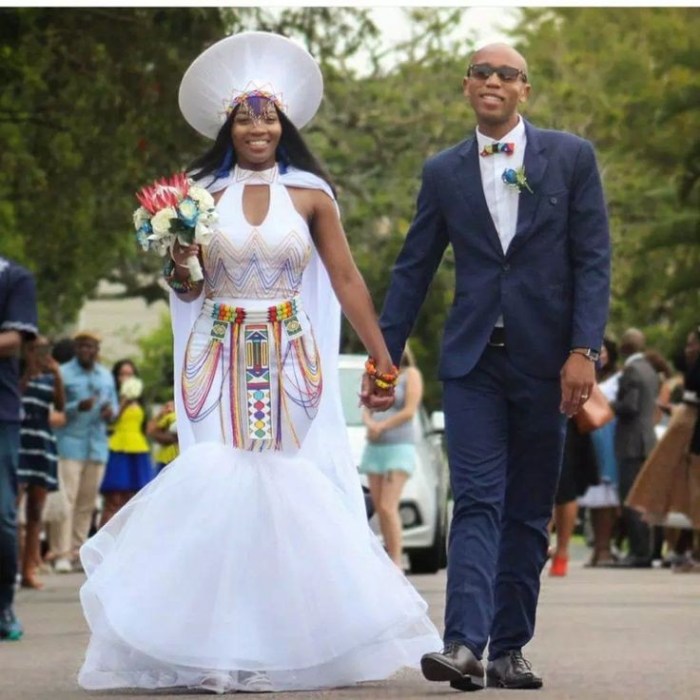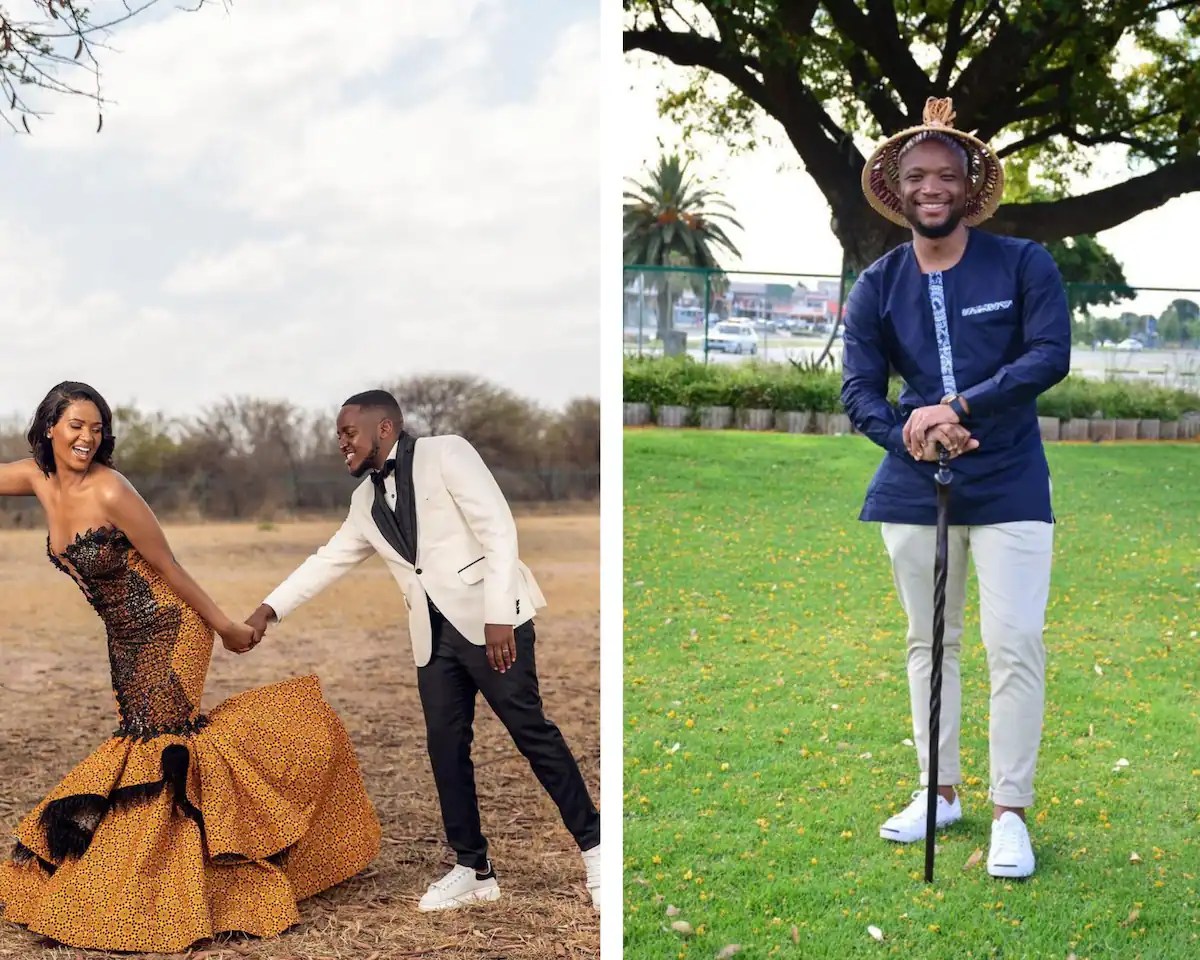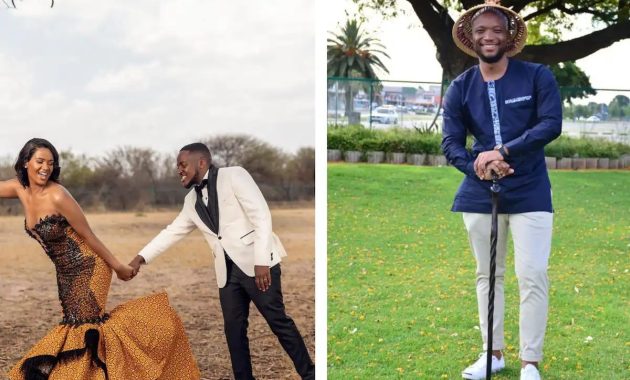Popular Ethnic Dress Styles for Weddings: Ethnic Dresses For Wedding
Ethnic dresses for wedding – Weddings across the globe are vibrant celebrations of love, often showcasing the rich tapestry of cultural heritage through attire. Ethnic wedding dresses, in particular, are captivating expressions of tradition, artistry, and personal style. This section explores several popular styles, their origins, and their modern reinterpretations.
Popular Ethnic Dress Styles
| Style | Origin | Significance | Notable Features |
|---|---|---|---|
| Saree | Indian Subcontinent | Symbolizes femininity, grace, and marital status. Often represents family heritage through the fabric and embellishments. | Draped garment, varying lengths and styles across regions, intricate embroidery and embellishments. |
| Qipao | China | Represents elegance and sophistication. Traditionally worn for special occasions, including weddings. | Close-fitting, high-necked dress, often featuring intricate embroidery or prints, typically made from silk or satin. |
| Kimono | Japan | Represents tradition, formality, and beauty. The intricate designs and craftsmanship reflect the bride’s family status and wishes for a prosperous future. | Long, flowing robe, often featuring ornate patterns and embroidery, specific designs and colors depending on the region and family. |
| Hanbok | Korea | Represents tradition, beauty, and auspiciousness. The vibrant colors and elegant lines symbolize good fortune and happiness in the marriage. | Two-piece garment consisting of a jacket and a skirt, often featuring vibrant colors and intricate details. |
| Aso-Oke | Nigeria | Represents wealth, status, and cultural pride. The intricate weaving techniques and rich colors reflect the bride’s family lineage and the importance of the occasion. | A hand-woven cloth used to create various garments, including wrappers and blouses, known for its vibrant colors and intricate patterns. |
Modern Interpretations of Traditional Wedding Dresses
Modern designers frequently reinterpret traditional wedding dresses, blending classic elements with contemporary aesthetics. For example, sarees now incorporate modern cuts and silhouettes, while the Qipao might feature updated necklines or sleeve styles. Kimonos might be styled with more modern accessories or paired with Western-style garments. This fusion creates unique and personalized looks, allowing brides to honor their heritage while expressing their individuality.
Silhouette and Embellishment Comparison
Comparing the silhouettes of a saree, Qipao, and Hanbok reveals distinct differences. The saree’s flowing drape contrasts sharply with the Qipao’s form-fitting design and the Hanbok’s more structured, two-piece silhouette. Embellishments also vary significantly: the saree often features intricate embroidery and beadwork, the Qipao may incorporate delicate floral patterns, and the Hanbok frequently uses bold, contrasting colors and geometric designs.
These differences reflect the unique cultural aesthetics and traditions of each region.
Fabric and Embellishment Choices
The fabrics and embellishments used in ethnic wedding dresses are integral to their cultural significance and aesthetic appeal. The choice of fabric often reflects the region’s climate, available resources, and traditional craftsmanship.
Fabric Properties and Cultural Associations
Silk, for example, is a luxurious fabric associated with wealth and elegance in many cultures. Its smooth drape and lustrous sheen make it a popular choice for wedding dresses in various regions. Cotton, on the other hand, is a more practical and breathable option, particularly suited to warmer climates. Brocade, with its rich texture and intricate woven patterns, is often used to create garments that signify status and tradition.
Each fabric carries its own cultural weight, contributing to the overall narrative of the dress.
Embellishment Techniques
- Embroidery: Found across many cultures, embroidery adds intricate detail and symbolic meaning (e.g., floral motifs in Indian sarees, geometric patterns in Hanbok).
- Beading: Used to create shimmering effects and add texture, often seen in elaborate designs on sarees and other garments.
- Appliqué: Involves attaching fabric pieces to create decorative motifs, common in various ethnic dress styles.
- Zardozi: A type of metal embroidery, particularly prominent in Indian and Pakistani garments, signifying opulence and luxury.
- Adire: A traditional Nigerian fabric dyeing technique, creating bold geometric patterns on Aso-Oke cloths.
Symbolic Meaning of Embellishments, Ethnic dresses for wedding
In many Indian wedding sarees, the intricate embroidery often incorporates auspicious symbols like peacocks (representing beauty and grace) and mango motifs (symbolizing fertility and abundance). The colors used also carry symbolic meaning, with red often signifying passion and good fortune. These embellishments aren’t merely decorative; they convey deep cultural and spiritual significance, adding another layer of meaning to the wedding attire.
Regional Variations in Wedding Attire
Wedding attire varies significantly across different regions, reflecting the unique cultural practices and environmental factors of each area. Climate, religious beliefs, and social customs all play a role in shaping the design and style of ethnic wedding dresses.
Choosing ethnic dresses for a wedding offers a beautiful blend of tradition and style. The setting significantly impacts the overall aesthetic; for example, the rustic charm of a blue dress barn wedding venue might pair wonderfully with richly embroidered lehengas or subtly patterned sarees. Ultimately, the perfect ethnic dress will depend on personal preference and the venue’s atmosphere, ensuring a cohesive and memorable celebration.
Regional Dress Characteristics
| Region | Dress Style | Key Features | Cultural Context |
|---|---|---|---|
| India (South) | Kanjeevaram Silk Saree | Heavy silk saree with intricate gold zari work, vibrant colors. | Represents prosperity, tradition, and family heritage. |
| China | Qipao | Close-fitting, high-necked dress, often made of silk or satin with intricate embroidery. | Represents elegance, sophistication, and auspiciousness. |
| Morocco | Caftan | Long, flowing robe, often made of luxurious fabrics like silk or velvet, with elaborate embroidery and embellishments. | Represents wealth, status, and beauty, often reflecting the bride’s family lineage. |
Influencing Factors

Source: stylevore.com
Climate significantly influences fabric choices; lightweight fabrics are preferred in warmer regions, while heavier fabrics are common in colder climates. Religious beliefs also play a role, with certain colors or styles being considered more appropriate for weddings in particular faiths. Social customs and traditions dictate the level of formality, embellishment, and overall style of the wedding attire.
Color Palette Comparisons
Comparing the color palettes of Indian and Moroccan wedding dresses reveals interesting contrasts. In India, vibrant reds, golds, and other bright colors are often associated with auspiciousness and celebration. Moroccan wedding dresses, on the other hand, may feature richer, more subdued tones like deep reds, emerald greens, and gold, reflecting a different cultural aesthetic. These color choices are deeply rooted in the symbolism and traditions of each culture.
Accessorizing Ethnic Wedding Dresses
Accessories play a crucial role in completing the look of an ethnic wedding dress, adding a touch of personal style and cultural significance. These accessories often carry symbolic meaning and enhance the overall aesthetic appeal of the ensemble.
Common Accessories
- Jewelry: Necklaces, earrings, bangles, and other jewelry pieces often carry symbolic meaning and enhance the overall look.
- Headwear: From elaborate veils to jeweled tiaras, headwear can add a touch of elegance and cultural significance.
- Footwear: Ornate sandals, embellished slippers, or traditional footwear can complement the dress and add a touch of cultural flair.
- Handbags/Clutches: Small, decorative bags or clutches can add a touch of elegance and practicality.
Complementing the Overall Look
Accessories can enhance an ethnic wedding dress in several ways. For instance, a statement necklace can draw attention to the neckline of a saree, while elaborate earrings can complement the intricate embroidery on a Hanbok. The right footwear can add height and elegance, while a carefully chosen handbag can add a touch of sophistication. Careful consideration of color coordination and style is key to creating a harmonious and cohesive look.
Complete Wedding Ensemble
Imagine a bride wearing a vibrant red Kanjeevaram silk saree, adorned with intricate gold zari work. She pairs it with a matching red blouse, heavy gold necklaces and bangles, and a traditional South Indian temple jewelry set. Her hair is styled in a traditional braid, adorned with jasmine flowers, and she wears elegant red and gold sandals. This ensemble represents a classic and opulent South Indian bridal look, showcasing the region’s rich cultural heritage.
Modern Trends in Ethnic Wedding Fashion
Contemporary ethnic wedding fashion is a dynamic blend of tradition and innovation. Designers are constantly experimenting with new techniques and materials, while still respecting the rich heritage of traditional garments.
Innovative Techniques and Materials
Modern designers are incorporating sustainable and eco-friendly fabrics, such as organic cotton and recycled silk, into their designs. Laser-cut detailing, 3D printing, and other innovative techniques are adding new dimensions to traditional embroidery and embellishment. The use of unconventional colors and patterns is also creating fresh and modern interpretations of classic styles.
Blending Tradition and Contemporary Elements

Source: akamaized.net
Many designers are skillfully blending traditional elements with modern silhouettes and aesthetics. For example, a saree might be paired with a contemporary blouse design, or a Qipao might feature a modern, asymmetrical cut. This fusion of old and new creates unique and personalized looks that honor tradition while expressing individuality.
Influence of Global Fashion Trends
Global fashion trends undoubtedly influence ethnic wedding attire. The rise of minimalist aesthetics, for instance, has led to simpler and more streamlined designs in some ethnic wedding dresses. The use of bold colors and unconventional patterns, inspired by international runway shows, is also becoming more common. This cross-cultural exchange enriches ethnic wedding fashion, leading to exciting and diverse interpretations of traditional styles.
Q&A
What is the average cost of an ethnic wedding dress?
The cost varies greatly depending on the fabric, embellishments, designer, and region of origin. Prices can range from a few hundred to several thousand dollars.
Where can I find ethnic wedding dresses for sale?
Ethnic wedding dresses can be purchased from specialized boutiques, online retailers, and even directly from designers, depending on the style and region.
How do I care for an ethnic wedding dress after the wedding?
Dry cleaning is usually recommended, especially for delicate fabrics and intricate embellishments. Always follow the care instructions provided by the designer or retailer.
Can I customize an ethnic wedding dress to better fit my body type?
Yes, many designers offer customization options to ensure a perfect fit and personalized look. Discuss your needs with the designer or retailer.

